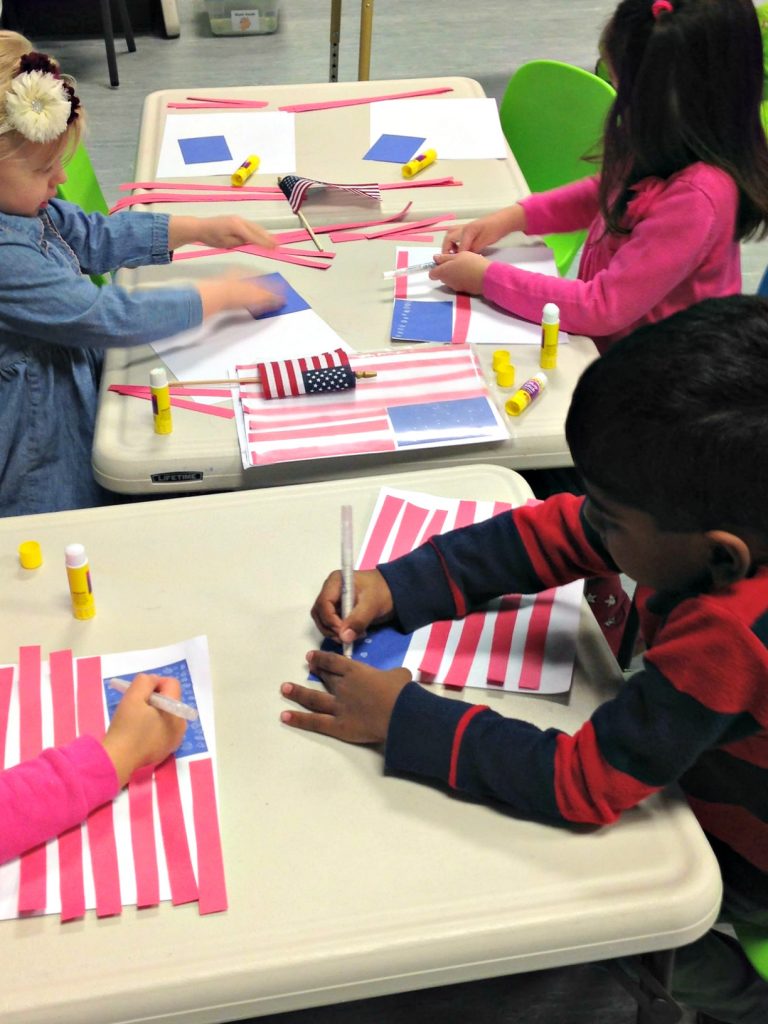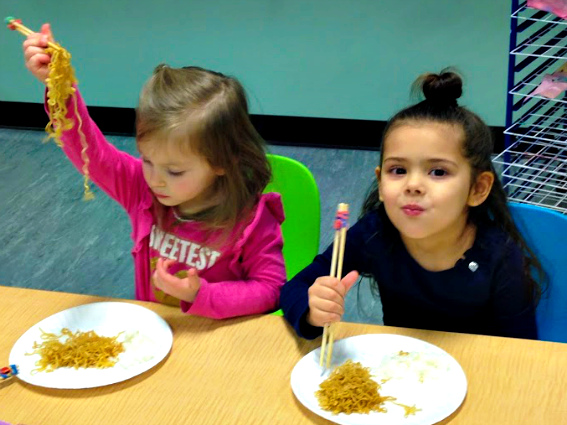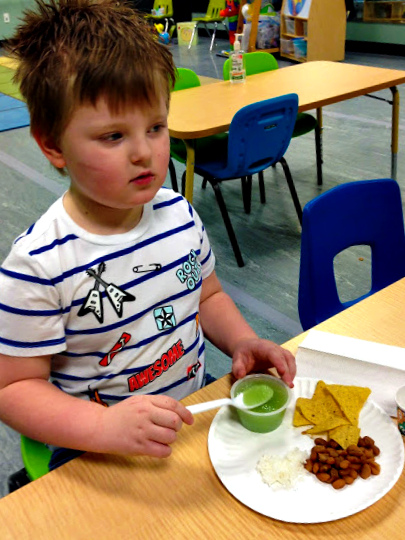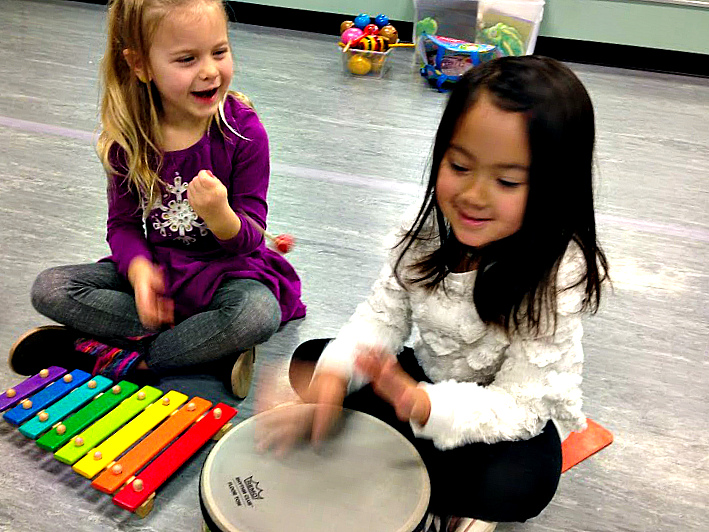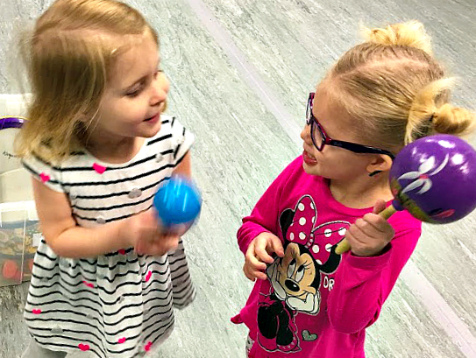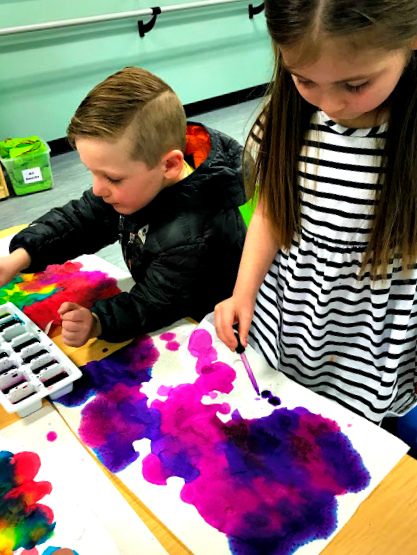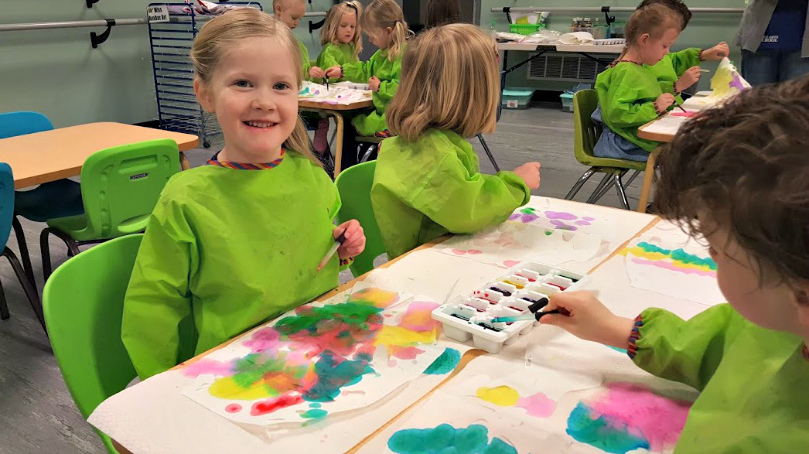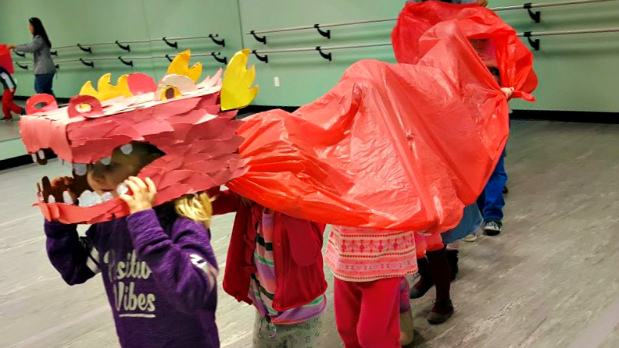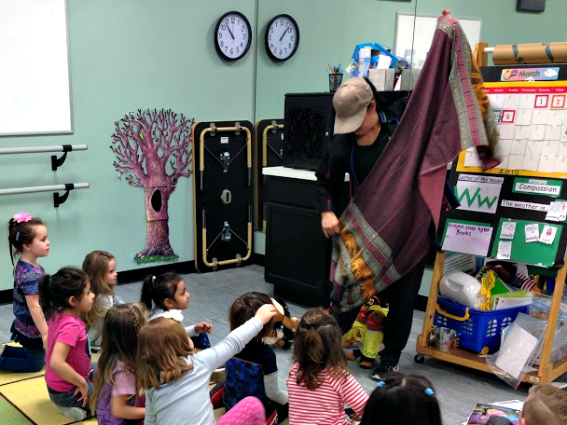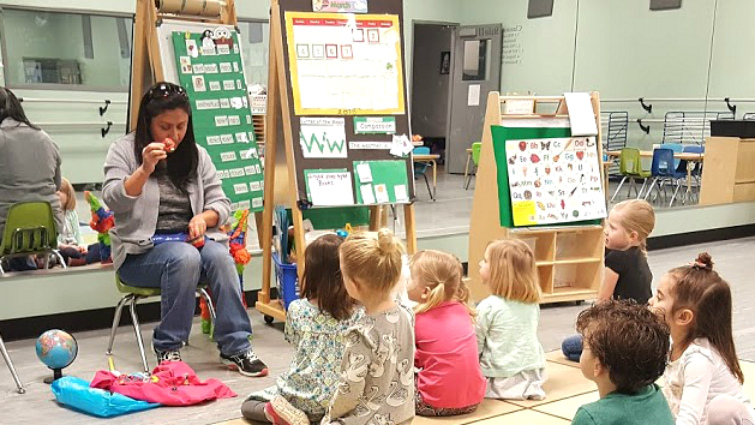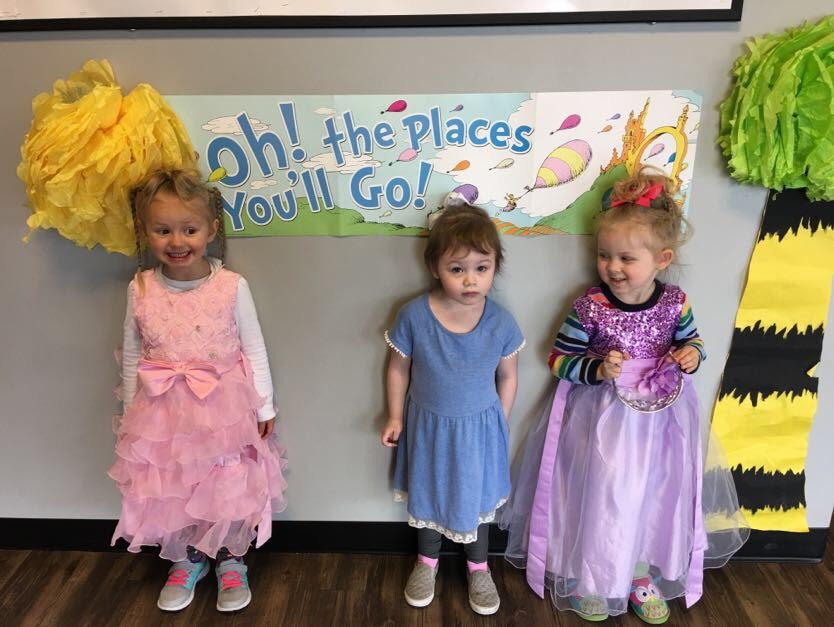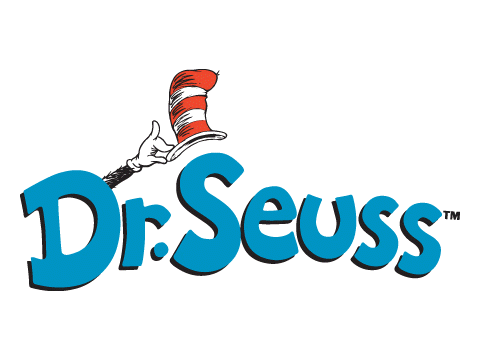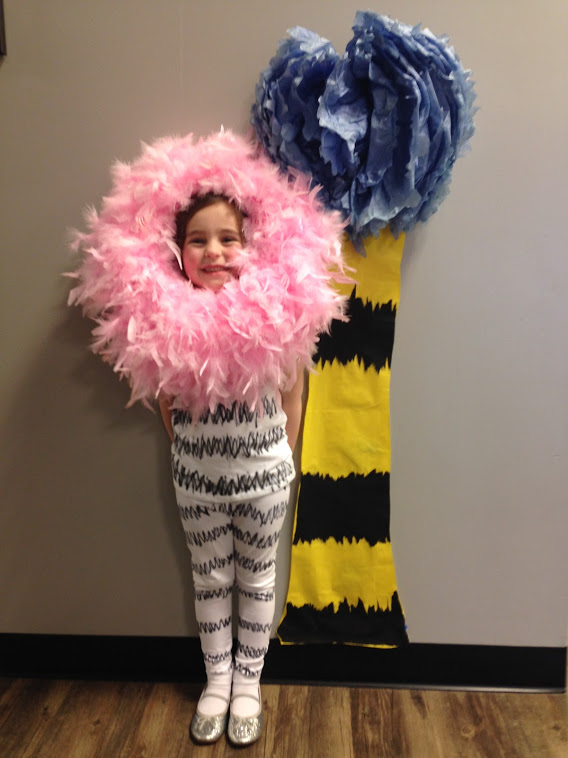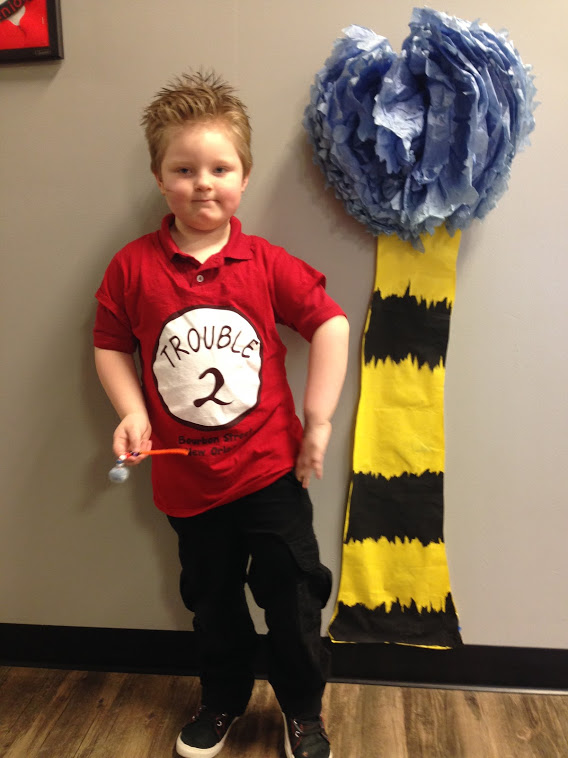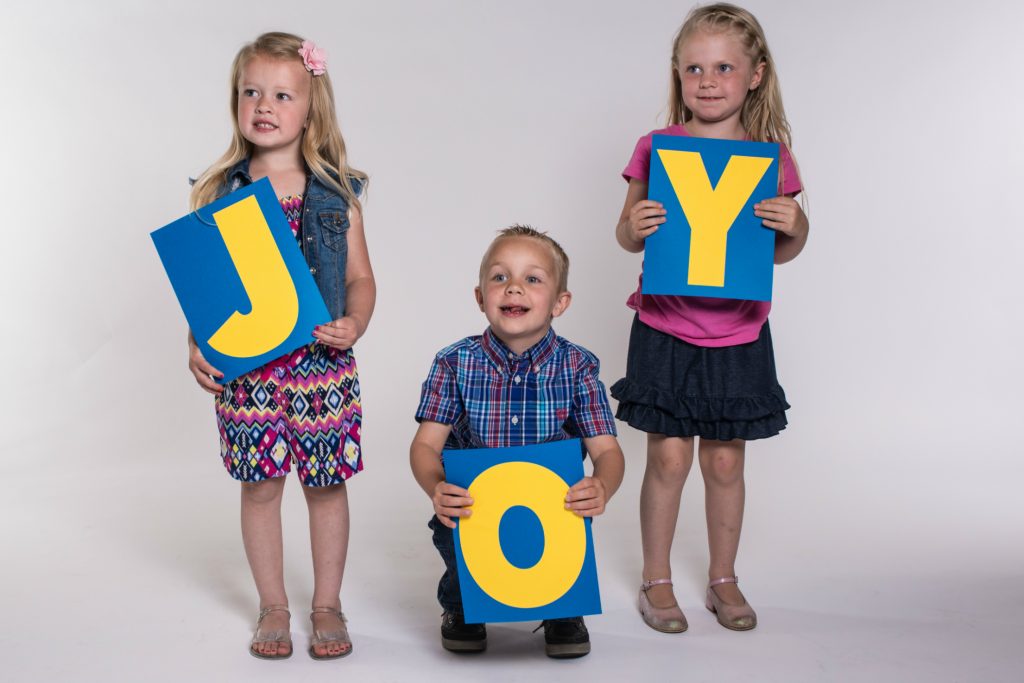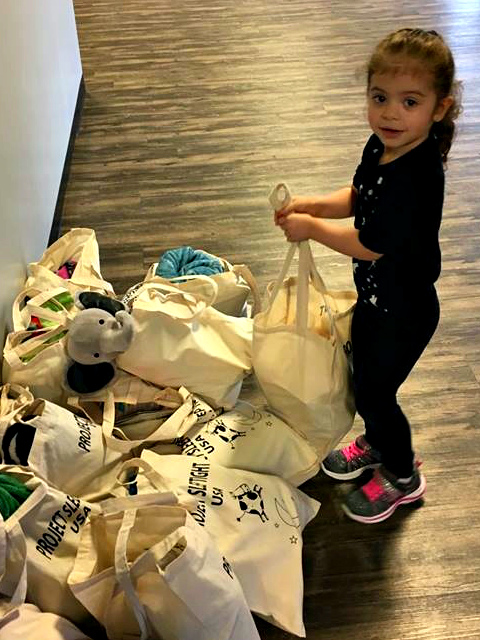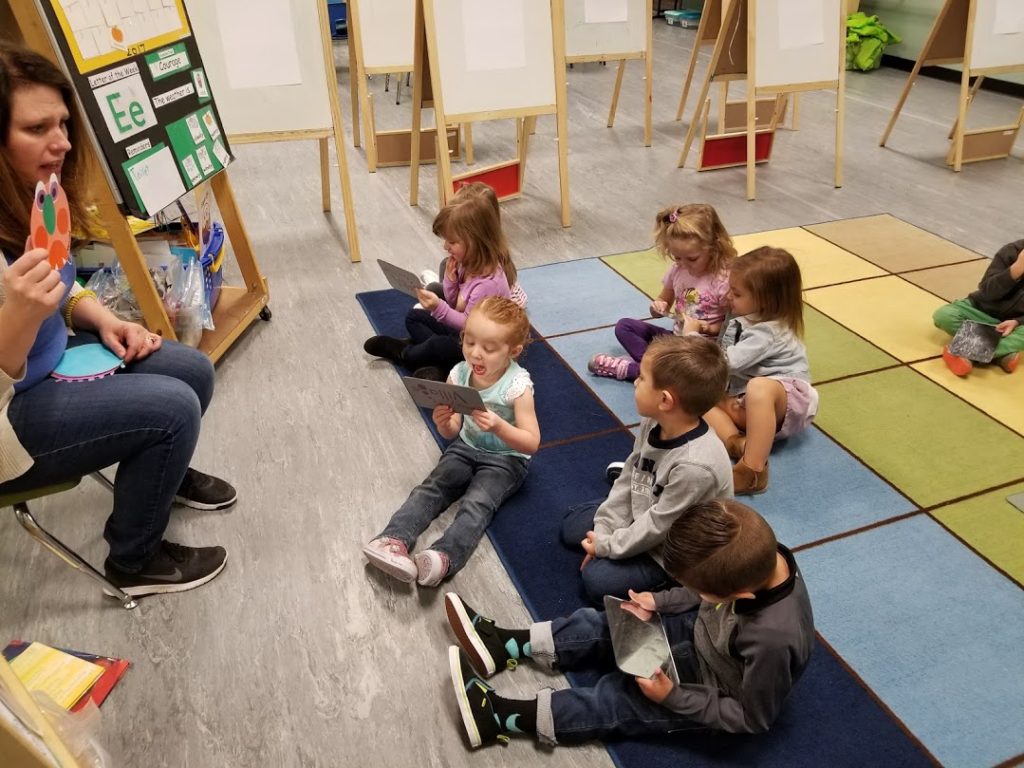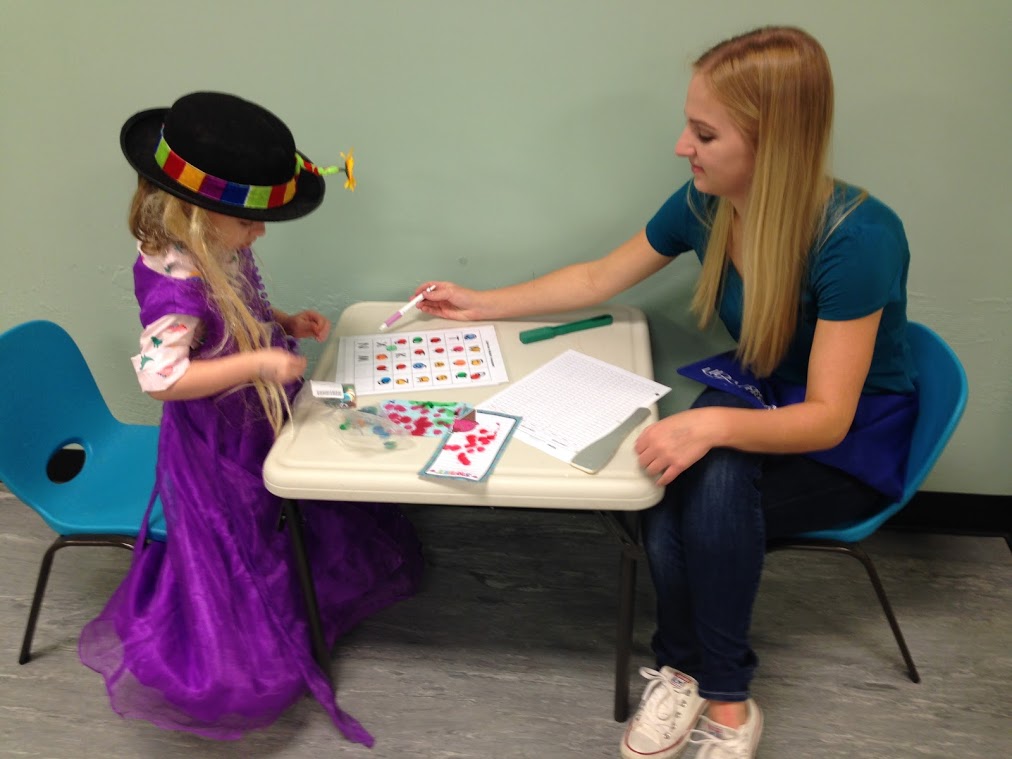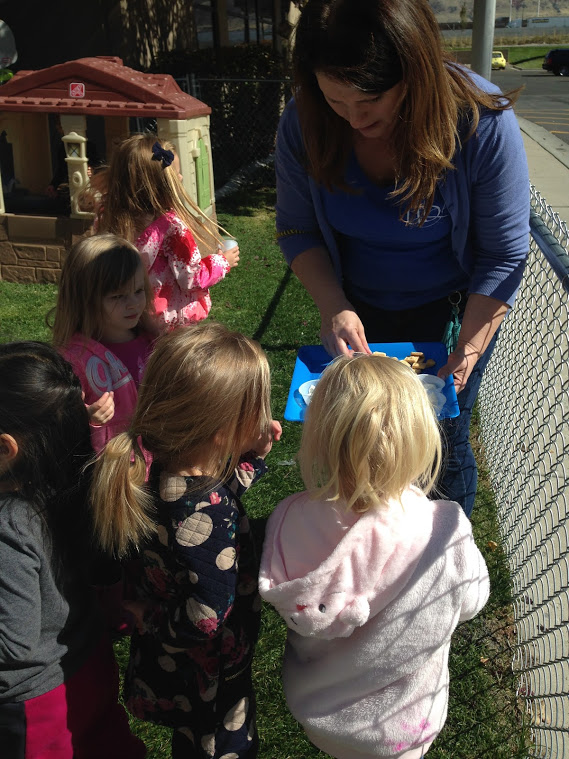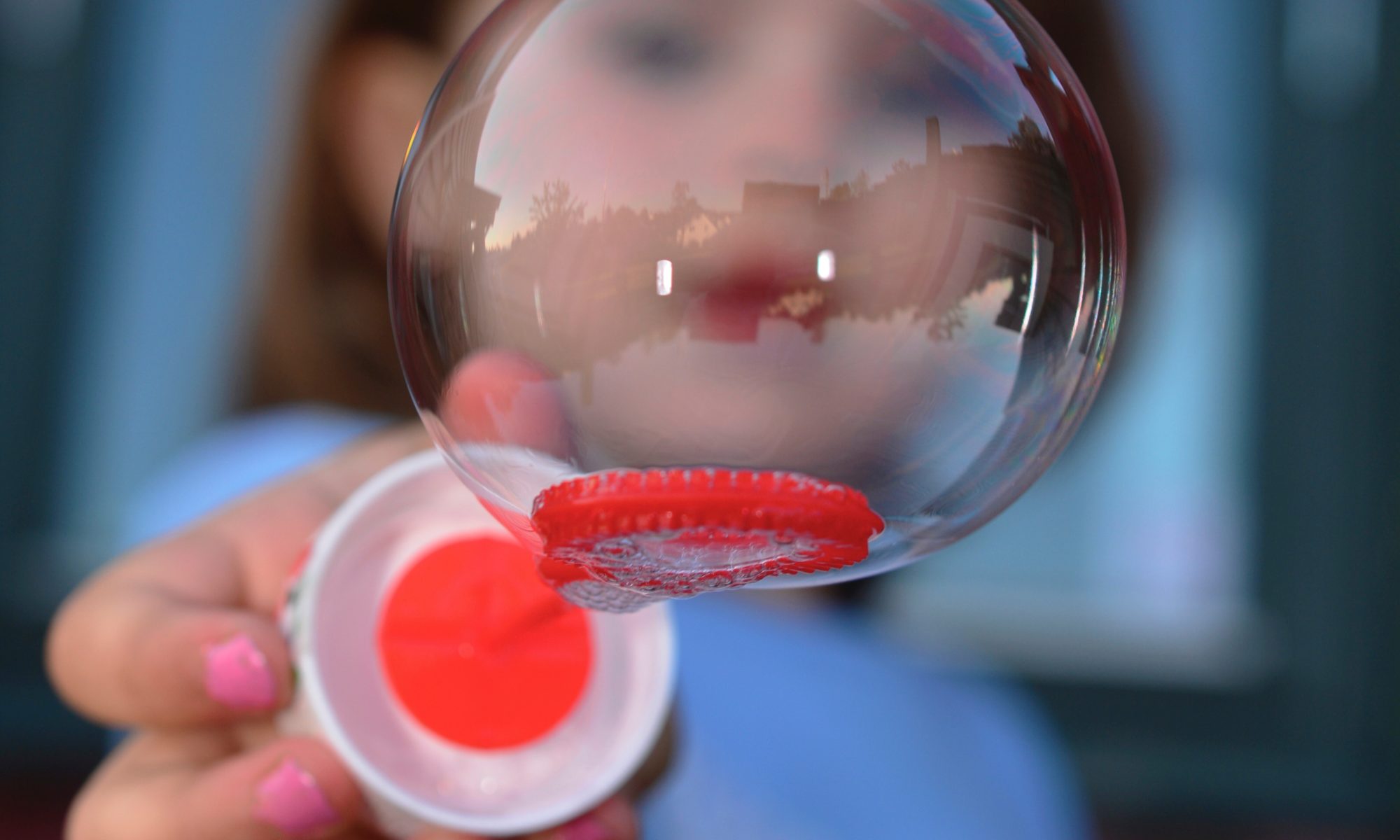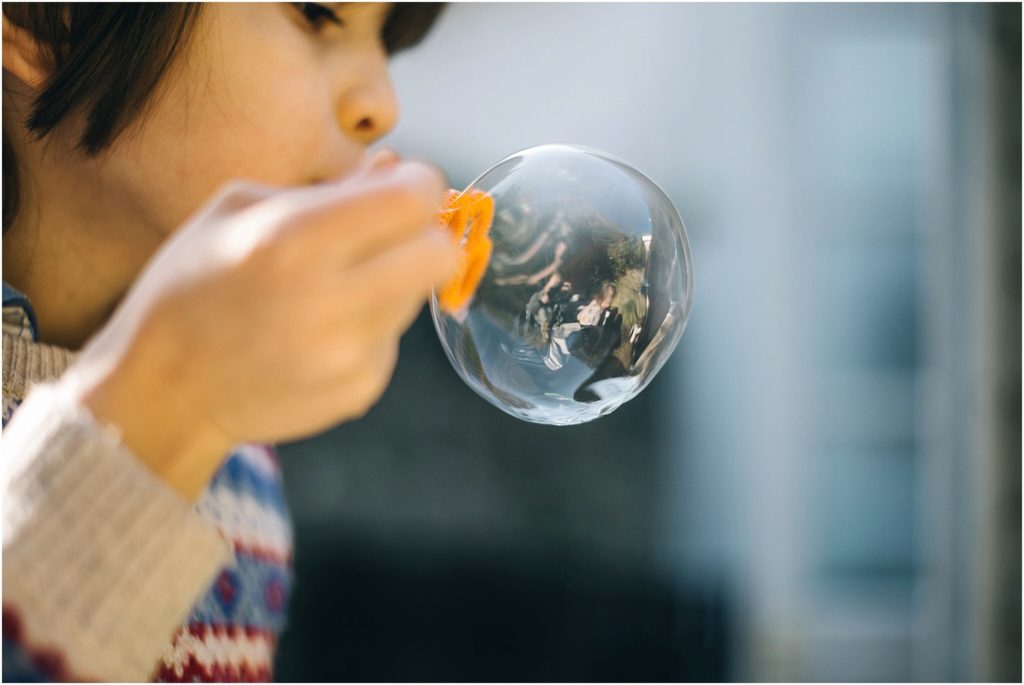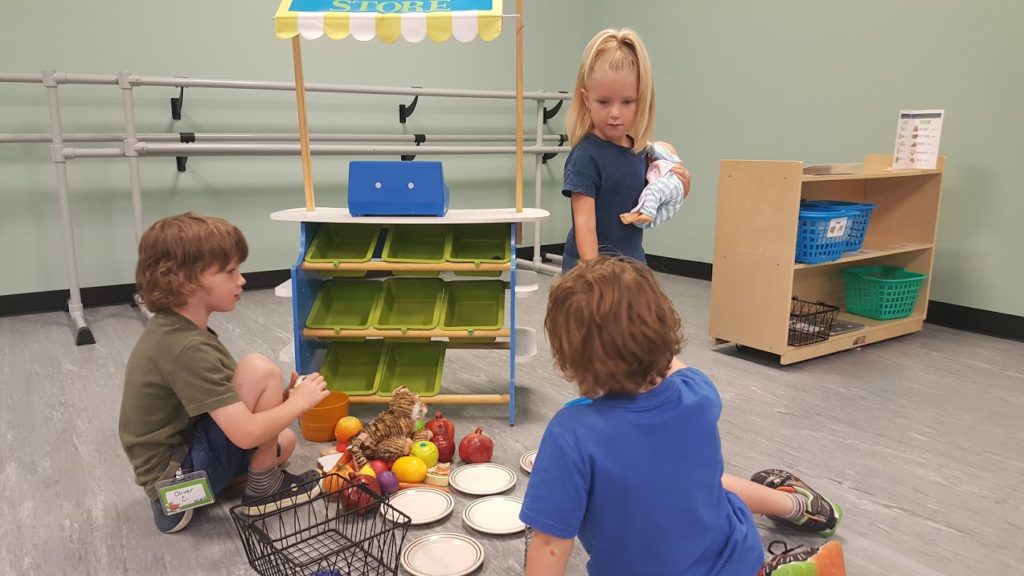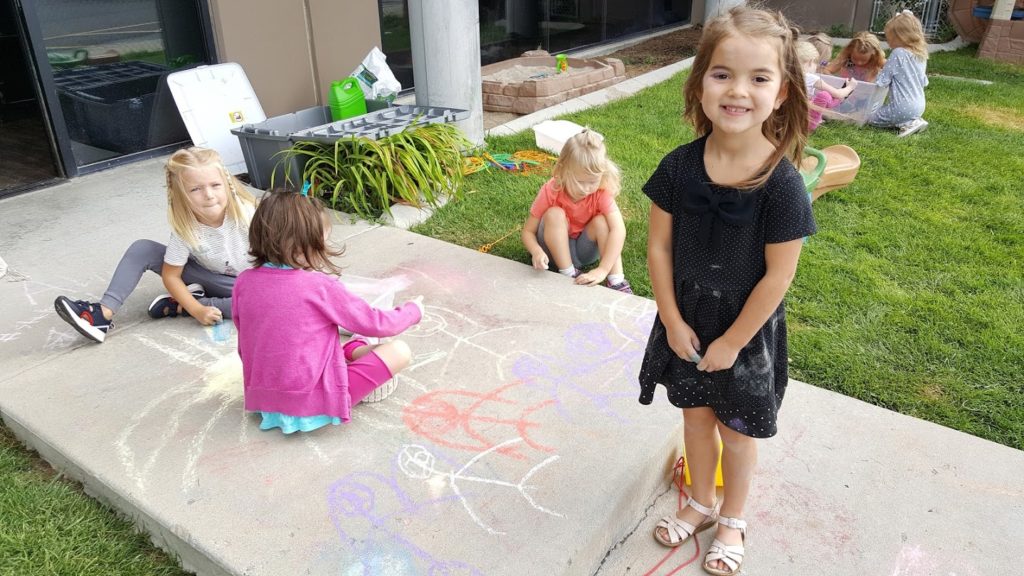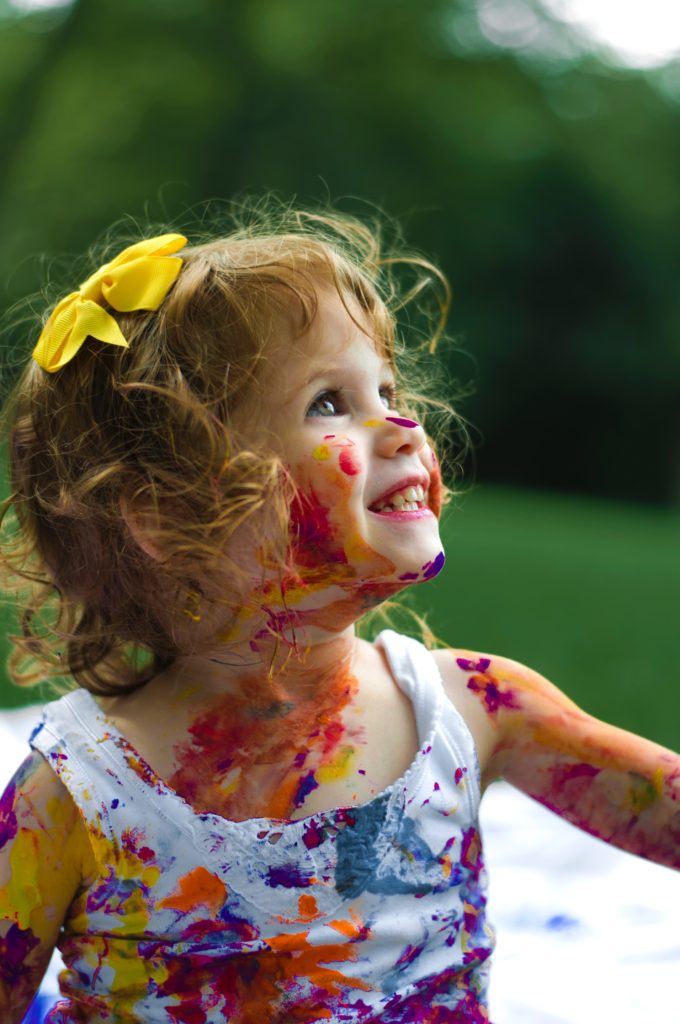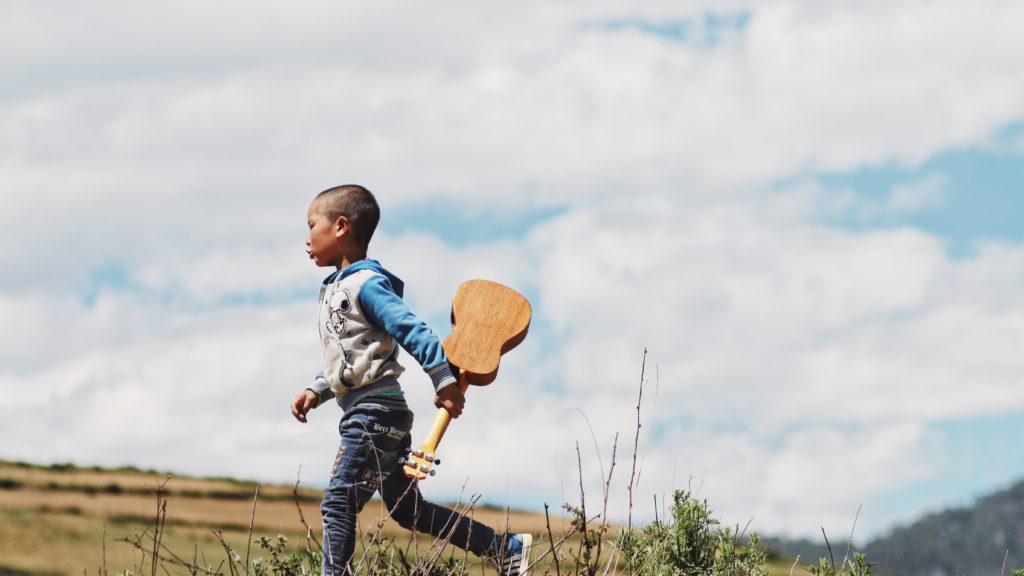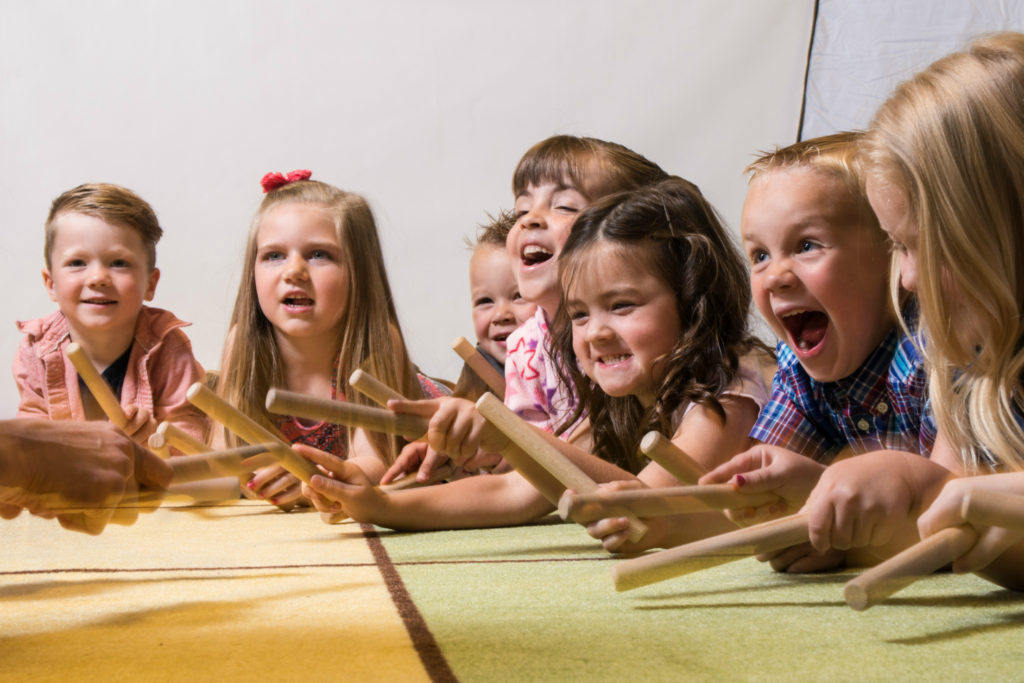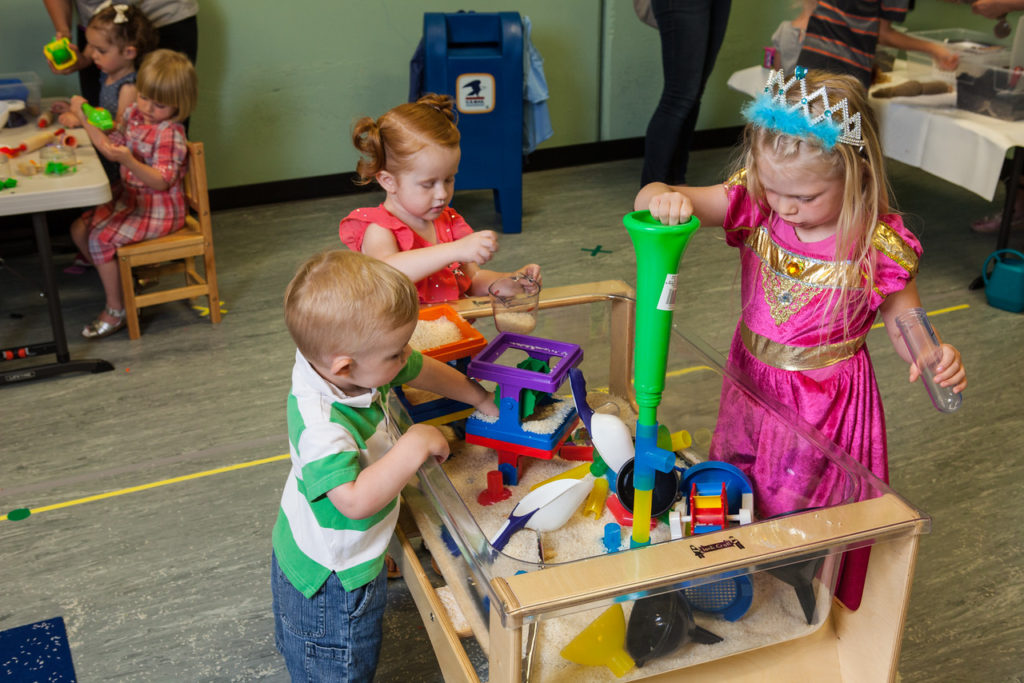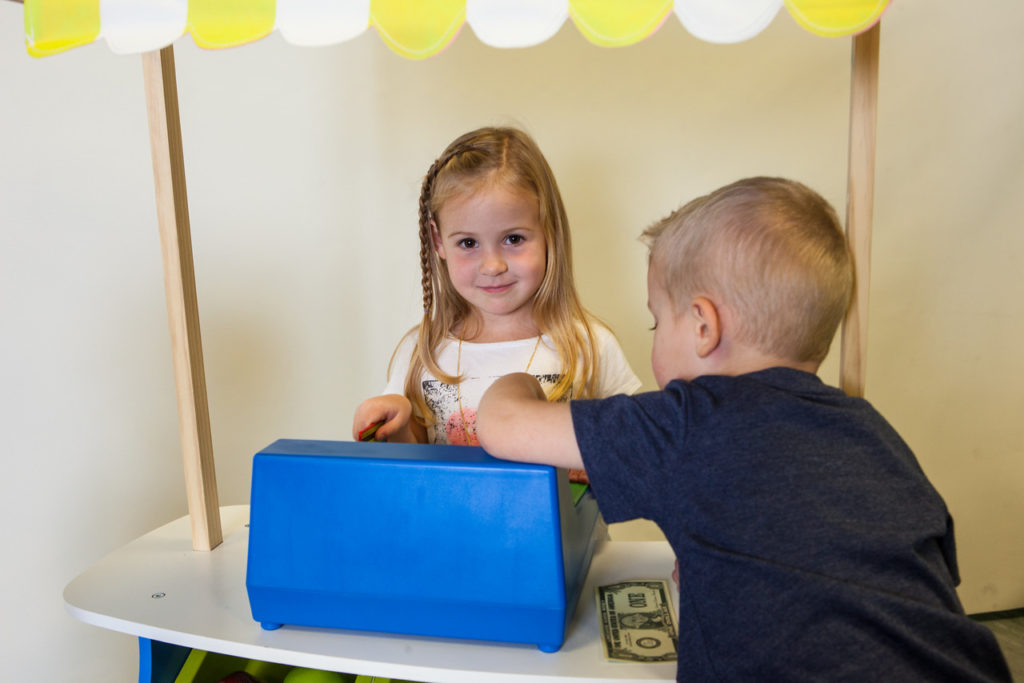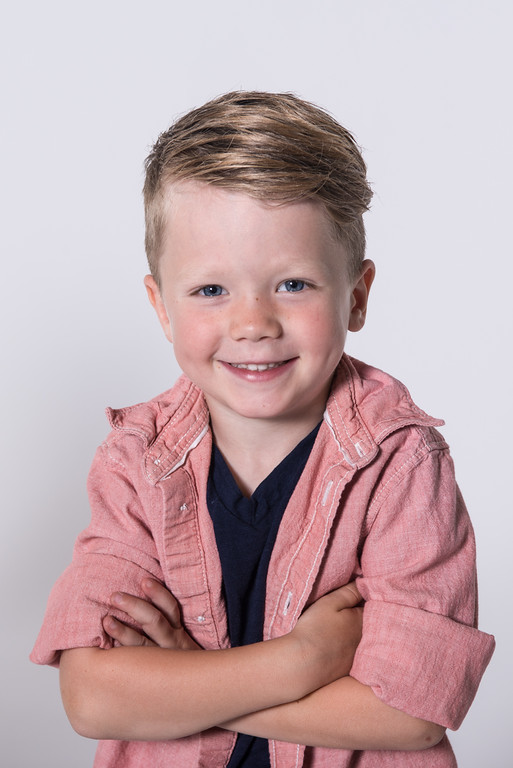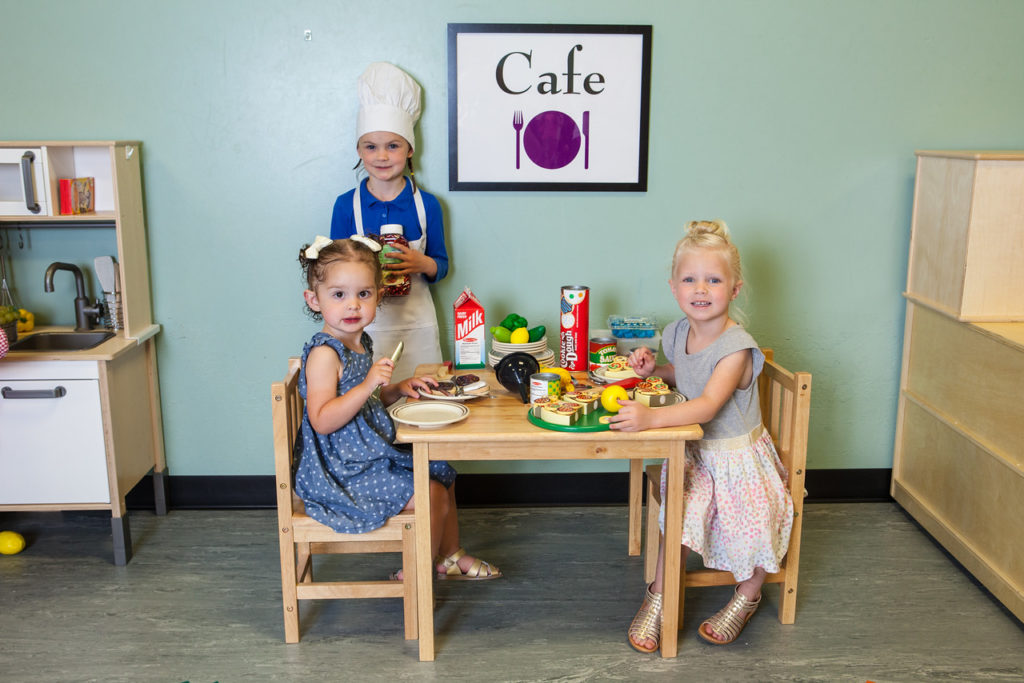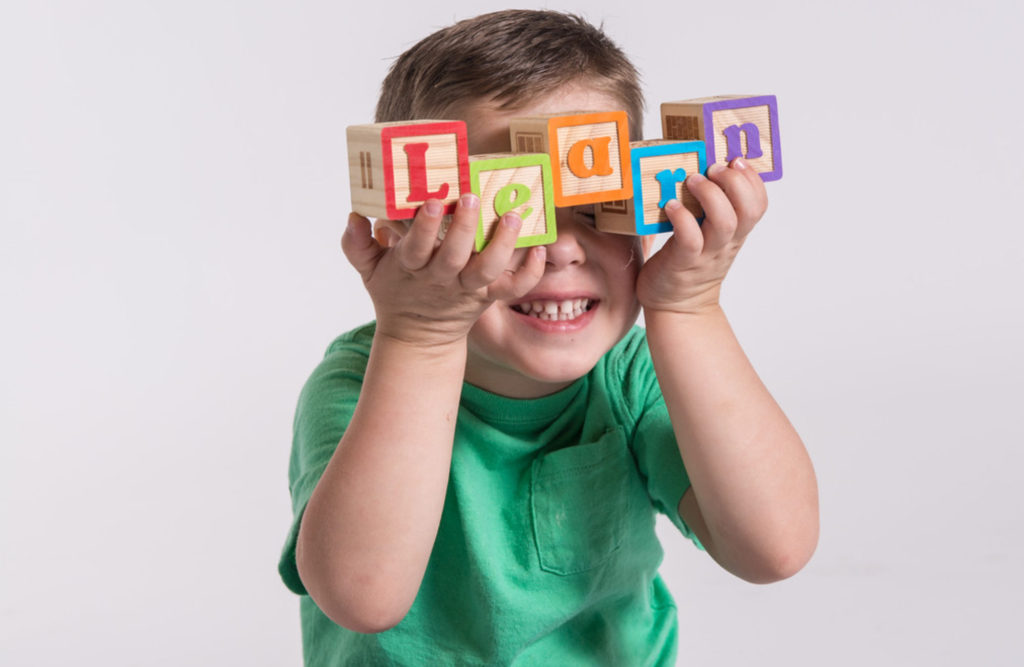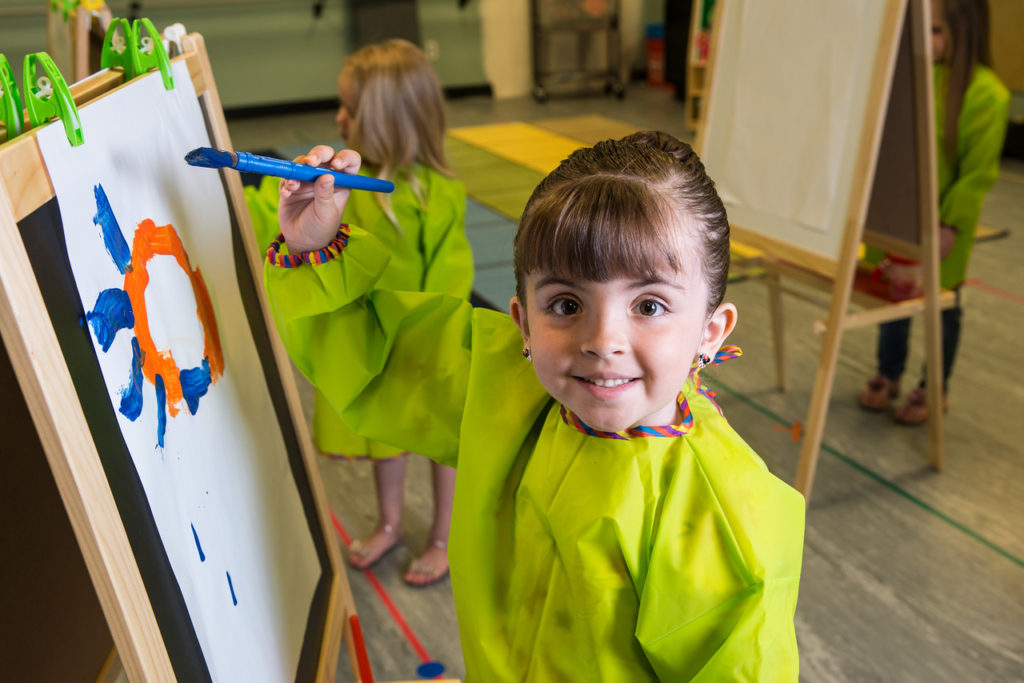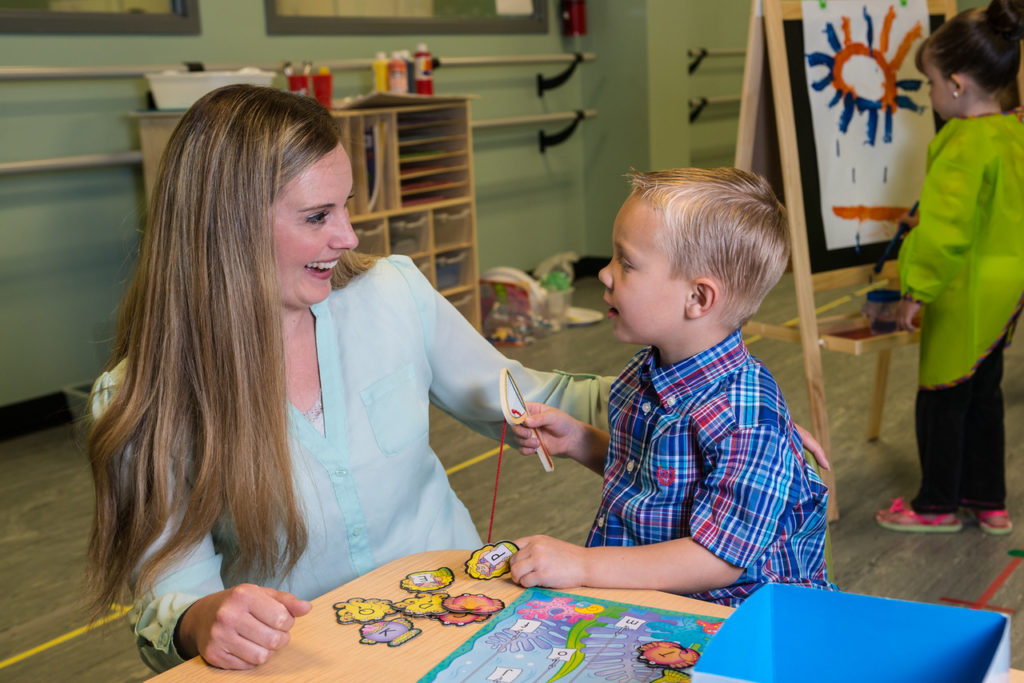Wonder is inherent for all children, so it’s no wonder we wondered at our wide world wonder week. (Say that five times fast!) UDA Creative Arts Preschool believes in making connections and loves teaching preschoolers culture and diversity, and that certainly can’t stop at the edge of the classroom!
Children begin noticing differences in people around them as early as six months of age. Parents can begin the dialogue of why and how people are different long before their child is enrolled in preschool. We’d like to share some of the ways we are teaching preschoolers culture and diversity and encourage parents and caregivers to continue the conversation with your child.
Where Do I Fit?
As children make connections, it’s important for them to figure out their place in this big wide world. We do a patriotic theme week where children identify where they fit into their family and house, then on their street. Next, we have them move to their city and community, followed by their state, and then country. From our country, we move to the world, followed by the universe. Wow. That’s big!
Parents Can:
Help your child continue to see the connections. As you drive down the street, you can say, “Here is our street in our neighborhood. Our neighborhood is in our city.” (For safety reasons, it’s important for your child to know their city, state, address and phone number as soon as they can memorize it! Make sure they also know their last name and parent’s names.) “Look at that number on our house or apartment building, our address is…”. Having a visual reference to their world will help them find their place in it.
Try Cultural Foods
Pretty obvious answer for cultural exposure, but is there really a yummier way? We try a variety of foods, including…
noodles with chopsticks,
beans and rice, chips and salsa, and even seaweed and sushi.
Parents Can:
If you don’t already, eat cultural foods. Exposing your child to a variety of foods can encourage adventurous taste buds and even decrease picky eating. Modeling your willingness shows your child it’s okay to explore. And if you have to gag it down, well, it shows your kids you’re still willing to try! If you need some ideas, this article shares what kids all over the world are eating for breakfast.
Try cultural food nights! Pick a culture and try a new recipe. Spice it up for a holiday: Irish food for St. Patricks Day, Mexican food on Cinco de Mayo, Jewish food on Passover, Chinese food for New Year. The world’s the limit!
Listen to Diverse and Cultural Music
Besides the myriad of benefits that come from learning any kind of music, learning cultural music can increase concentration as children listen to new sounds and language they are not familiar with. Cultural music also further develops language skills.
Learning cultural dances increases physical development, emotional and social development, and love for diversity.
At UDA Creative Arts Preschool, for world week we are counting to ten in Spanish, learning Spanish songs, and making our own maracas.
Parents Can:
Music is the universal language. Every culture loves music! Cultural music has evolved into diverse instrumentation and genres. Try listening to different music stations in the car. If you live in Salt Lake County, you can also download and stream free music from the SLC Library, which has a large selection of diverse and cultural music.
Dance! Turn on diverse music and twist while you tidy up. Cha cha while you change clothes. Boogie while you brush your teeth. Help children feel free to sway, stomp, and twirl the way the different styles move them. Bonus: the groaning just may turn into giggles!
Explore Cultural Art
Art is defined as the conscious use of skill and creative imagination, and every culture through time has expressed themselves through art. Art is the perfect way to teach preschoolers culture and diversity!
Children naturally have creative imaginations, so art is their language. For world week we made Japanese fish kites.
Allowing children open ended art activities builds confidence and continues the development of their imagination and creativity. Adding the cultural element adds appreciation for other peoples and their expression.
Parents Can:
Inspiration for cultural art can be found in books, art museums, or for those of us on a time crunch, on Pinterest. But to help you out, here are a few ideas we found online. Help children pay attention to patterns, colors, and mediums other cultures like to use. How can they use those same elements to create their own imaginative expressions?
- Turkish Marbling Art
- Origami
- African Collar Necklace
- Japanese Scroll
- Aztec Mosaic Art
- This website had many more ideas.
Bring the Culture to You!
As much as we’d love to, for most of us it’s not feasible to take our children around the world to experience cultures first hand. Next best option: bring the culture to you!
Miss Vicky shares keepsakes and the alphabet of her native Thailand.
We also had guest speakers come share about their native Mexico and Australia.
Parents Can:
Watch community calendars for cultural events and celebrations. Take your children to synagogues, mosques, temples, cathedrals and churches. Local libraries and community centers will often have exhibits, and of course museums are always a great cultural experience.
Find the visitor center for your area and pop in to see what they recommend. You never know what hidden gems you’ll find when it comes to small museums.
And even closer to home, read! There are so many books about culture and diversity. Ask your local librarian for his favorites. Here is a list from Scholastic to get you started.
Teaching Preschoolers Culture and Diversity by Keeping the Conversation Going
Keep your children wondering at the beauty of all the people and cultures in this world by pointing them out when you see them in your community. When you hear other languages spoken or music being played, when you see cultural dress, dance, or celebrations, talk about it.
Point out to your child how different people do things differently, but different is what keeps life interesting. Most of all, your child will learn respect as they see you respecting other races, ethnicities, religions, political groups, and ideas. If there is anything children know well, it’s the language of love.
Visit us at UDA Creative Arts Preschool in Draper, Utah, and see how we’re teaching preschoolers culture and diversity and integrating wonder of this wide world in our learning activities. Click here to register for a free open house or call us at (801) 523-5930.
Written By: Elsje Denison

